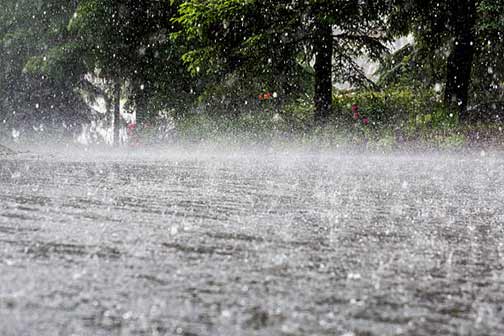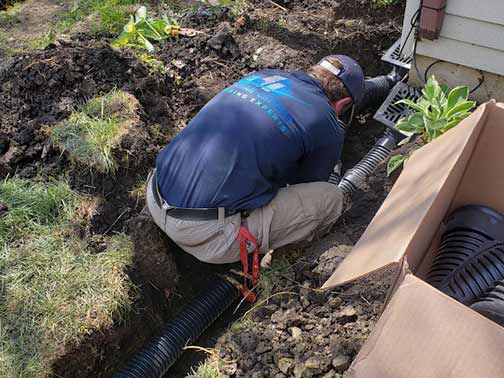
As summer gets into full swing, heavy rainstorms will become more frequent in your city. With heavy rains comes a bigger risk of basement flooding in your home, warns Keyrenter Buxmont Management team. You want to be careful not to let flooding incidents as a result of heavy rains ruin the plans you have made to spend time with your loved ones this season.
Just because it is storm season, it doesn’t mean you should let your house be at the mercy of the weather. This is particularly important if you live in an area that is prone to flooding. To keep you and your family safe, these time-tested flood prevention measures will help you avoid flooding disasters this summer.
Maintain gutters and downspouts
It is easy to underestimate the role of gutters and downspouts in your home’s drainage problems. The flooding problems you see inside your basement may have their origins in your building’s poorly-installed or badly-maintained gutters and downspouts.
If your gutters are leaky, loose, or clogged, there is a chance that rainwater will be diverted into your roof and onto the walls of your house. That water can end up at the base of your building, ultimately seeping into your foundation and basement.
A downspout that is clogged or discharging in the wrong place can also worsen your home’s drainage issues. Make sure there are no leaks or loose joints in the downspout. Add a downspout extension to make sure water is discharged far from your basement.
Lawn grading
If there are signs of water pooling at the base of your home, it means the ground around the house is improperly graded. Water that is allowed to collect near the foundation will eventually enter the basement. Proper grading ensures that water flows away from your home instead of toward it.
To grade your lawn, make sure the areas closest to the building are higher than the surrounding areas. This often means redistributing the soil with a shovel, rake, and wheelbarrow to achieve the desired slope. But to avoid soil erosion, you also don’t want to make the slope too steep.
Ideally, you want the ground to slope gently, at the rate of six inches for every ten feet. You also want to space the vegetation around your house to make sure it does not interfere with your home’s drainage. If you have difficulties working out these steps, please hire a professional.

Improve yard drainage
For homes with longstanding drainage issues, such as persistently waterlogged areas in the yard, grading the lawn will not be enough. You need more direct interventions. These are solutions that increase the rate at which runoff is removed from your property, helping the ground drain more efficiently.
A French drain installation is one of the best flood prevention measures you can use in your home. They are easy to build and maintain and are cost-effective. But the best part is that, because they are below ground, French drains don’t alter the aesthetics of your yard.
A dry creek bed is another affordable flood prevention strategy that does not harm your curb appeal. It is a fabric-lined shallow trench, filled with rocks and gravel, used to channel runoff away from your building or even hold water when necessary.
Waterproof your basement
Waterproofing your basement will make it water-resistant. Depending on whether you choose exterior or interior waterproofing, this measure will prevent water from entering your basement or redirect any water that has entered the basement.
Exterior waterproofing costs more and is a more involved process than interior waterproofing. Internal waterproofing, on the other hand, is cheaper and easier to maintain. The right option depends on the kind of drainage issues in your home.
Besides waterproofing your basement, you may want to consider sealing the cracks in your foundation to stop water from entering your home through these damaged areas.
Install and maintain your sump pump
A sump pump ensures that even if water enters your basement, it will be removed immediately. The beauty of a sump pump is that it is fully automatic. Even when you are asleep or away from your home, it will stand guard over the basement.
However, that is only if your sump pump is well-maintained. A neglected sump pump can fail without giving you prior notice. You may discover the sump pump malfunction only after an unexpected flood has caused costly damage in your basement.
Your sump pump may also fail if there is a power outage in your home. To prevent this, you should install a battery-powered backup sump pump. Both the main sump pump and backup system should be inspected, cleaned, and tested periodically to ensure they are working.
Lastly, you need an emergency plan if your basement is flooded. This plan should not only detail the safety steps to take if a flooding disaster hits your home, but it should also include the contact information of a professional basement flooding service for urgent assistance with the problem.

